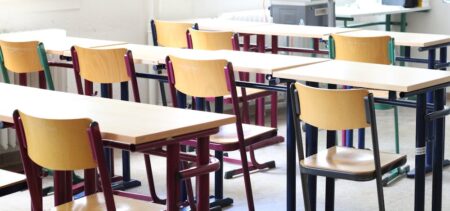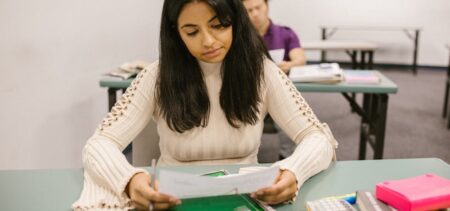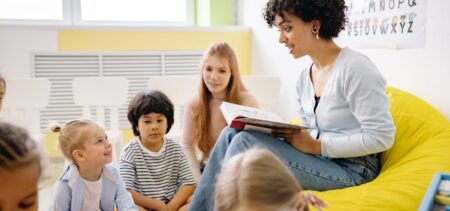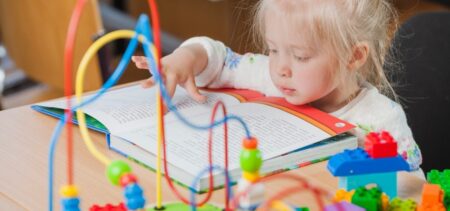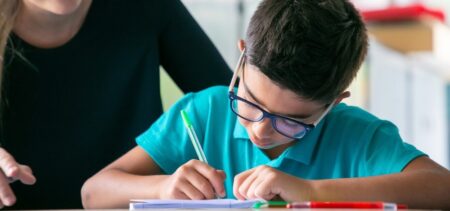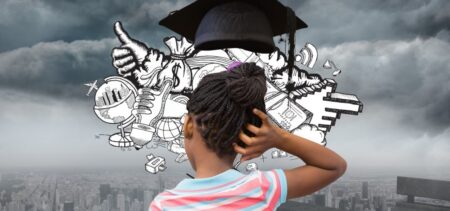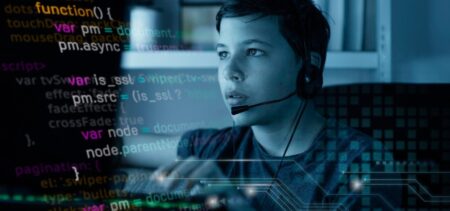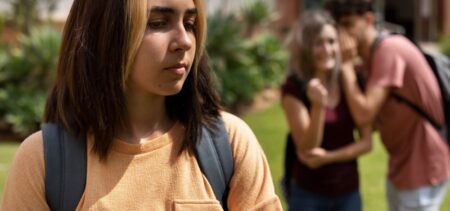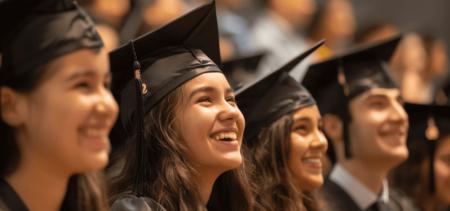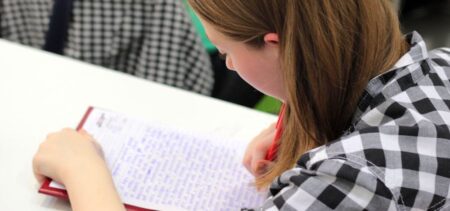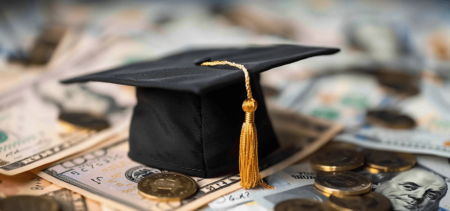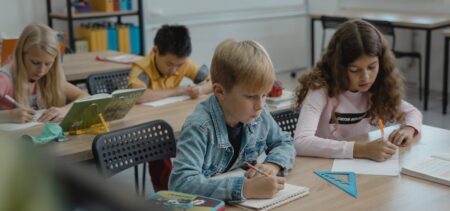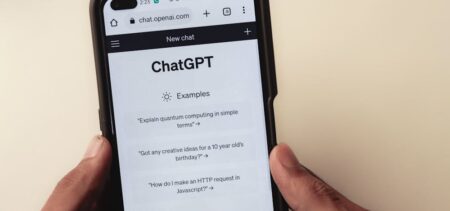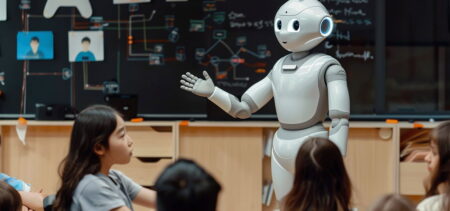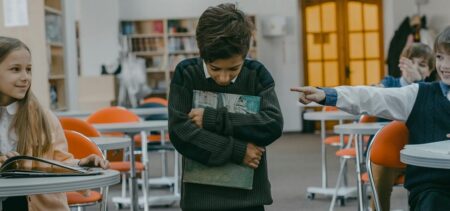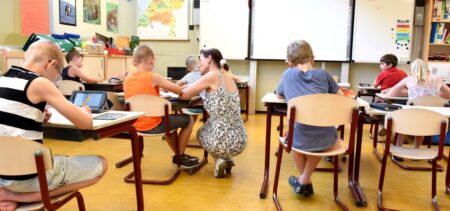Self-control is a behavioral goal that people try to achieve for a great part of their lives. As humans develop their personality and social skills and acquire various degrees of general or specialized knowledge, mastering self-control is an important auxiliary tool that can determine their evolution.
According to the American Psychological Association, self-control represents the “capacity to override an impulse in order to respond appropriately.” When handling just one child or a child at a time, self-control issues are unpleasant, yet manageable. Nevertheless, when dealing with an entire classroom, each child’s self-control capacity is critical. The supervising adult cannot intervene punctually over and over again without affecting the lesson and rarely a lesson plan allows the allotment of regular time for keeping recurrent behavioral problems under control.
Developing self-control
Although for some the process of developing self-control may go smoother, facilitated by the natural mimicking-the-adults impulse, other children are not as fortunate. Their adult models may not offer the opportunity to mimic the most appropriate attitudes and mechanisms, may be absent or insufficiently present, or their reactions may be difficult to appropriate and integrate by the child because of a different psychological structure.
The issue of building up self-control and coping mechanisms therefore translates into the classroom space, and the teachers are facing children that still struggle in this area. Specific educational research studies have approached this problem. An interesting article on strategies destined to help children in learning self-control comes from MindShift.
Professor Walter Mischel, father of four and currently a psychology professor at Columbia University developed various tests for children in order to be able to research how self-control forms and functions. He came up with an important conclusion: a relation based on trust in extremely important in helping children override their impulses and educate their reactions. Perceiving the authority figure as a trust-able factor is a positive motivational factor. On the contrary, when the adults that shape the children’s world cannot provide stability and establish trust, the process of self-control building in the young ones is considerably more difficult.
Another important finding in the aforementioned studies would be that children concentrate their efforts towards the most soliciting area of their emotional environment – when their lives require a permanent emotional self-control, performing tasks or behaving according to exterior rules can be a supplementary weight to carry, one they cannot deal with.
The so-called “marshmallow study” is well known for the vast majority of social scientists, therefore it needs no further detailing. Its corollary would be that those children that go for delayed gratification and manifest self-control have the best chance at succeeding further in life.
The big question remains: how are the other children to be approached? Building self-control is a strenuous activity for them, and the parents and educators should assist and intervene for the best outcome – but how?
Strategies for assisting self-control development
Self-control (or self-regulation) is indeed crucial in many instances. The supplementary condition for this important life skill would be that it is a truly acquired capability. Mimicking it, showing it off and using it as a facade just isn’t enough. The learning process has to take into consideration the individual nature of each person and work with that.
The Mischel recommendations include self-distraction: using imagination and creativity to separate the stimuli from the impulsive reaction and delay a straight response.
Another functional strategy is self-distancing from the object that triggers the impulsive response. Keeping or building a goal in mind helps in detaching the subject from the urgency of the stimulus, and it generates rational responses rather than impulsive responses.
Teachers that spend time knowing their students and assist them in developing personalized goals and mental images that help them detach and rationalize immediate situations have a higher success rate in educating behavioral mechanisms. Long-term beneficial decisions thrive when stimulated by the development of an interior rationalized structure that would not impede emotions, but rather tame them and allow a more harmonious emotional expression.
A different take on the children that are less good at self-regulating their reactions comes from a parent who researched and experienced this topic
An important fact from this article would be that while some are genetically predisposed to thrive in almost any environment, others do not reach their potential if they do not meet the right circumstances. When both types are put into the same educational environment, the first will manage and involuntary set the “normality” standards, while the second will be shortly labelled as problematic and mis-approached in most of the cases.
This article warns about over-valuating self-regulation from the external perspective of the “impersonal, overtaxed, and underfunded school system”. Self-control IS important in life, as an acquired and personal skill, but setting it as a goal should come out of the right reasons and so should the strategies employed in helping children learn self-regulation. Making a true effort in understanding individuality and potential would be the first step into a good educational strategy when it comes to self-control. This process can involve the child himself since the exercise of self-perception and self-representation is itself a detaching mechanism: seeing ourselves from the outside can help in understanding and objectivizing emotional issues and reactions.
Character-based education would be another recommended strategy. Without extreme generalization, teachers who possess a vast professional experience will find that beneath individuals and personalized strategies, there are types of children that may in consequence respond to types of strategies. Threading softly and avoiding the transfer of characteristics, this pattern (types) identification could help in guiding any experienced teacher through the incipient stages of self-control education.
Alongside mindfulness, social emotional learning (SEL) would be another front of approaching self-awareness and self-control. The Responsive Classroom blueprint is a widely embraced SEL development method in elementary school that has shown good results; it has equivalent programs employed in other locations and such approaches delivered satisfactory results, opening the horizon for other possible pilot programs that would embed self-control teaching.
A thread to unite self-control educational strategies
When time acts as an urgency factor, problems in the classroom persist and the schedule is just too busy, how can an educator find his or her way into the intricate psychological and emotional labyrinth that lies beneath self-regulation issues in students?
If we remember the trust relationship mentioned above as the most efficient support factor in delaying impulsive reactions and think deeper about what this means in the life of a child, we may consider it as a starting point in developing an educational strategy. There is one detail: the educator, the adult is the one who has to establish and maintain trust. The student might fail in responding with the same consequent attitude, yet the educator should maintain a firm stance of stability and mutual trust, while being aware the student might fail in his mutual response.
Nevertheless, the important factors that determine and maintain a young person’s self-regulation at home are the same elements that offer the necessary foundation to build upon in a student – teacher classroom relationship: trust, predictability, organization, warmth. Although is it true that a teacher manages more than one students simultaneously, this is a backstage element for the educator to know and act upon. The greatest skill would be for this reality to never reflect into the one-to-one interactions with each particular student. The concern of not neglecting each and every student in the classroom should never reflect into personalized interactions, since this structural element only regards the teacher’s managerial system.
When a student’s issue receives the utmost preoccupation and receives attention in a manner that establishes a sincere dialogue and a degree of trust to serve the educational purpose, each student will find its place among the others by setting the teacher’s reactions and advice as a guiding compass.
It may seem a hard task, yet this is an incipient phase that once fulfilled, it opens up new horizons. Students that come to class with poor self-regulation skills can surprise in a positive way once they evolve and learn to master their reactions, since their energy gets to channel on the right things.


